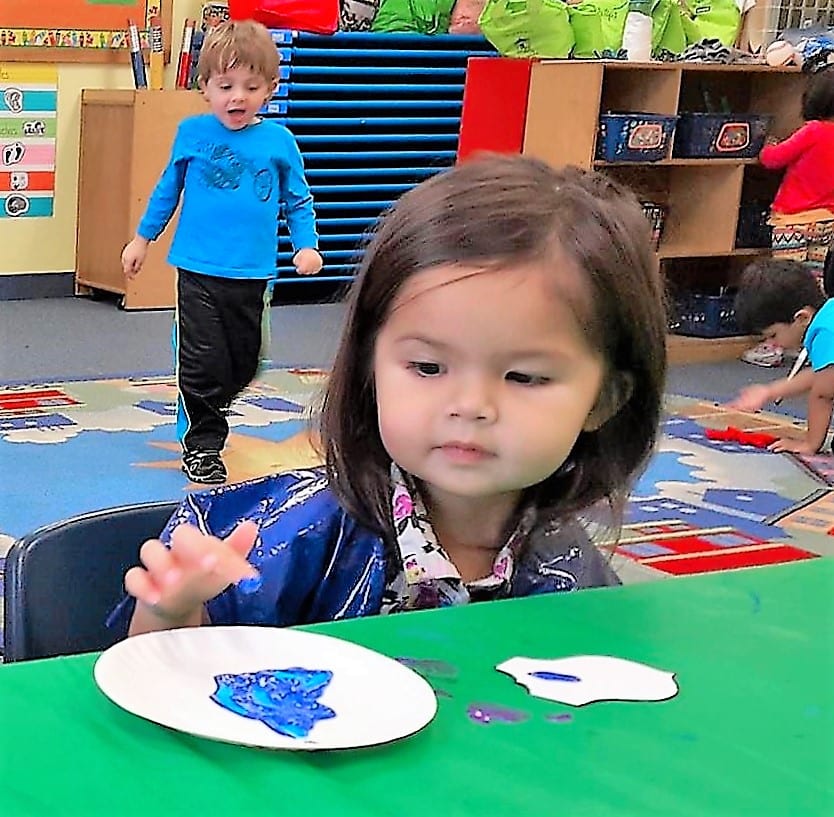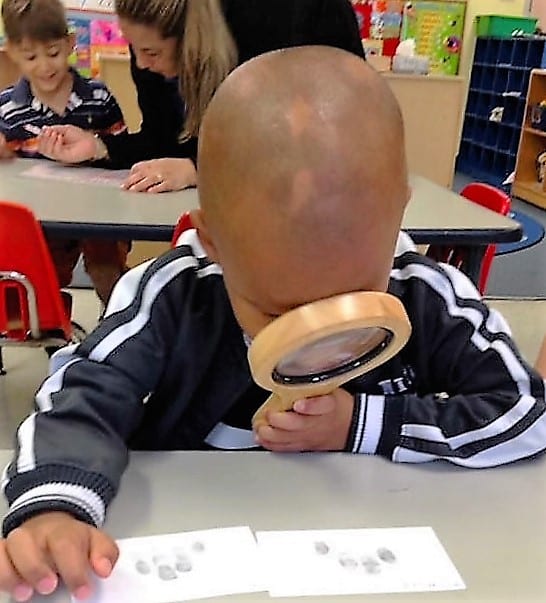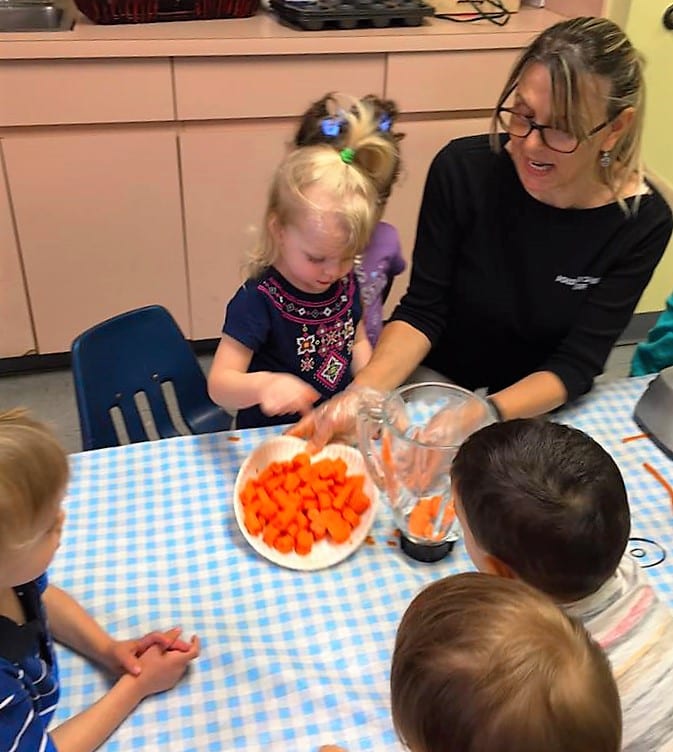Help Your Child Develop Critical Thinking Skills
Critical Thinking Development and Your Child
Adapted from Caroline Duda and Parenting Magazine
 Critical thinking skills, or for that matter much of early-childhood education takes place right at home, months or years before students begin preschool. Children learn to speak and to walk, to color and to cut with scissors as well as developing their critical thinking from the individuals around them. Children develop these important thinking skills as they learn to cooperate with their peers and when they learn to read short picture books independently.
Critical thinking skills, or for that matter much of early-childhood education takes place right at home, months or years before students begin preschool. Children learn to speak and to walk, to color and to cut with scissors as well as developing their critical thinking from the individuals around them. Children develop these important thinking skills as they learn to cooperate with their peers and when they learn to read short picture books independently.
Though critical thinking is emphasized in nearly every year of school — from pre-kindergarten to college or graduate school — it is a skill that parents can begin to introduce to their children from a young age. It is even less tricky than a term like “critical thinking” might imply. Here are three ways you can foster critical thinking skills in your student:
1. ENCOURAGE QUESTIONS OF THE WORLD YOUR CHILD:“Why?” To the parents of small children, this question may seem persistent and — at times — frankly annoying. Questioning the world around her might be one of her first ventures into critical 
thinking. While it may be frustrating to hear a small voice ask, “Why?” when you tell your child to put her shoes on or to tell her what to wear in the morning, you can transform this moment into one that enriches critical thinking skills in your child. When your child asks “why?” instead of answering, you might ask, “Why do we wear shoes?” or “What do shoes protect your feet from?” Questions that begin with how, what or why are often best for these discussions with your child, as they encourage critical thinking or answers outside of “Yes,” or “No.”
2. RESIST THE URGE TO SOLVE PROBLEMS FOR YOUR CHILD:
Although we naturally jump to protecting our children and students, especially when they are distressed. However, allowing your students to solve their own problems — assuming they are not in any danger — can exercise their critical thinking muscles. An example of this can be in this scenario: you and your family are at the beach, and your child would like to build a sandcastle. Unfortunately, you forgot your shovel and bucket at home. While you could suggest that your child use a drinking cup or hands and solve the problem, challenging a child to solve the problem without your help can create an even better response. Your child may come to a solution that you had not thought of, like borrowing a bucket from the family beside you – thereby sharpening critical thinking skills. Remember to praise your child for the fabulous critical thinking answer!
 3. PROVIDE OPPORTUNITIES FOR CREATIVITY AND FREE PLAY:
3. PROVIDE OPPORTUNITIES FOR CREATIVITY AND FREE PLAY:
Critical thinking is closely linked to creativity and problem solving. Times of free play, also known as unstructured play, is both easy to create and is a rich source of problem solving using critical thinking. With free play, your child selects the toy to play with and allows your child to decide what to do. For example, if LEGO’s is the toy of choice allow your child to use deep thinking skills to create and build a hospital, a school or a home. These creations will increase your child’s imagination while considering what these items look like in reality. Creative activities like dance, sports, music and painting can also introduce your child to new ways of thinking, and these new ways of thinking can, in turn, will deepen critical thinking capabilities. This will lead to the ultimate educational goal; that being success in school.
To read the original article please click here


 of this. Play will allow a three year old to become active members of the classroom, and eventually society when preschool is play to learn focused.
of this. Play will allow a three year old to become active members of the classroom, and eventually society when preschool is play to learn focused. used in the preschool classroom. A great teacher will create lessons for the individual child based on his/her entire or whole personality; based on the individual students’ level of development. A preschool teacher knows that the classroom is set for the child and his needs. Therefore, the teacher will see the potential in a child, yet he might be lacking is social skills that might lead to a student without friends or self-esteem. The way to nip this in the bud would be slowly and with care helping the student break out of her shell by inviting her over to a group of children playing and working together. This will connect her to others creating a feeling of confidence and joy. If a teacher notes that a student is having trouble with large or small muscle skills; she will focus a range of ways to build these skills depending on the age of the preschooler. For the inquisitive student who is advanced the preschool teacher must be prepared with individual (or group) fun learning activities that will enrich these children. The challenge of assuring that the whole child is taught while at the same time keeping the classroom filled with individual activities is a challenge for preschool teachers. When your child runs into preschool excited to “play”, as parents you can be certain the preschool and the teachers are the best of the best as they mold their curriculum for their individual student with love and care.
used in the preschool classroom. A great teacher will create lessons for the individual child based on his/her entire or whole personality; based on the individual students’ level of development. A preschool teacher knows that the classroom is set for the child and his needs. Therefore, the teacher will see the potential in a child, yet he might be lacking is social skills that might lead to a student without friends or self-esteem. The way to nip this in the bud would be slowly and with care helping the student break out of her shell by inviting her over to a group of children playing and working together. This will connect her to others creating a feeling of confidence and joy. If a teacher notes that a student is having trouble with large or small muscle skills; she will focus a range of ways to build these skills depending on the age of the preschooler. For the inquisitive student who is advanced the preschool teacher must be prepared with individual (or group) fun learning activities that will enrich these children. The challenge of assuring that the whole child is taught while at the same time keeping the classroom filled with individual activities is a challenge for preschool teachers. When your child runs into preschool excited to “play”, as parents you can be certain the preschool and the teachers are the best of the best as they mold their curriculum for their individual student with love and care.